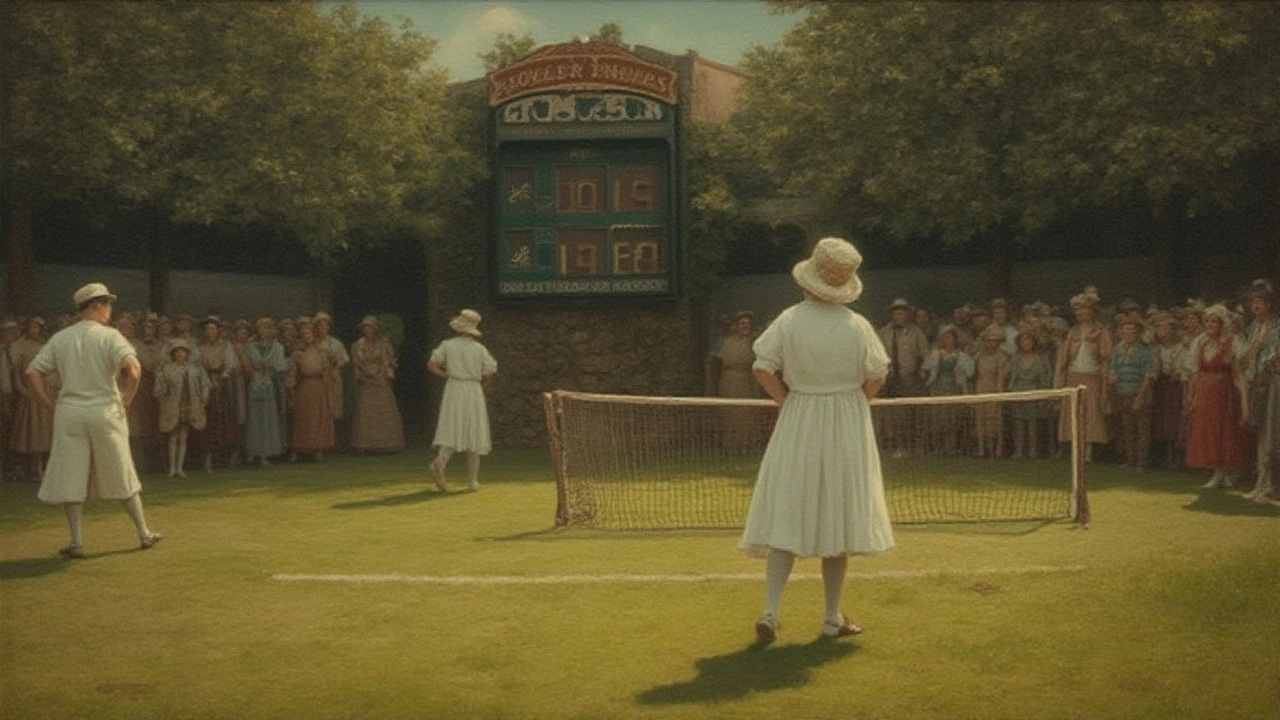Understanding Tennis Scoring: Points, Games, Sets & Tiebreaks
tennis scoring can feel like a secret code, but it’s just a step‑by‑step way to turn each rally into a winner. When you watch a match, the board jumps from 0‑15‑30‑40‑game following a clear pattern. That pattern is built on three building blocks: the point, the smallest unit awarded after a rally, the game, a collection of points that ends when a player wins at least four points and leads by two, and the set, the larger segment that consists of multiple games and decides the match winner. Also known as match scoring, it determines who walks off the court victorious.
How Points, Games, and Sets Connect
Tennis scoring encompasses points, games, and sets, forming a clear hierarchy. A point requires a rally – one player must win the rally to claim the point. When a player wins enough points, the game influences the set outcome by adding a game to their tally. Once a player claims enough games, the set is secured, moving the match toward its final result. This chain of cause‑and‑effect makes the system logical once you see each step.
The jump from 0 to 15, then 30, then 40, isn’t random. It dates back to an old French clock face where each quarter marked 15 minutes. When a player reaches 40 and wins the next point, they win the game – unless the score is tied at 40‑40, called deuce. At deuce, a player must win two consecutive points (advantage then game) to close the game. This rule ensures a clear margin of two points before a game ends.
Games pile up to form a set. In most professional matches, a set is won by the first player to claim six games with a two‑game margin. If the score reaches 6‑6, a tiebreak is played. The tiebreak itself is a mini‑game where points are counted 0,1,2… and the first to seven points with a two‑point lead wins the set. This special game keeps sets from dragging on endlessly while still rewarding a clear advantage.
When a match is best‑of‑three sets, the player who wins two sets takes the match; in best‑of‑five, three sets are needed. The structure stays the same: points build games, games build sets, sets decide the match. Knowing this ladder helps fans follow the action without getting lost in the numbers.
Officials, especially referees, play a key role in enforcing tennis scoring. They call the final point of a game, verify deuce and advantage calls, and oversee tiebreaks to ensure the correct sequence of serves and side changes. A clear understanding of scoring lets referees make quick, confident decisions, and it helps players and spectators trust the outcome.
Common myths creep in – for example, many think the numbers represent minutes or distance. In reality, they’re just a historic convention that survived modernization. Another myth is that a “game” equals a single point; it actually represents a collection of points, typically at least four. Clearing these misconceptions sharpens your view of the sport.
Why does this matter to you? Whether you’re a player learning the ropes, a fan wanting to cheer intelligently, or a referee aiming to officiate fairly, grasping tennis scoring unlocks the excitement of every rally. It turns a confusing scoreboard into a story you can follow – point by point, game by game, set by set.
Below you’ll find a curated list of articles that dive deeper into specific scoring rules, match formats, and real‑world examples. Use them to sharpen your knowledge, settle debates on the court, or simply enjoy the game with confidence.
Why 0 is Called Love in Tennis: Surprising Origin and Meaning
Ever wondered why zero in tennis is called 'love'? Discover the quirky history, theories, and facts behind this famous term in tennis scoring.





